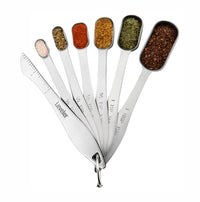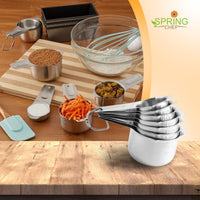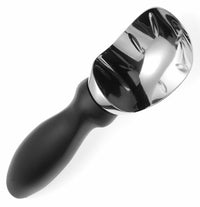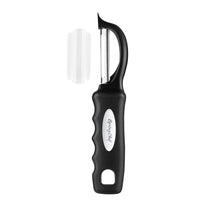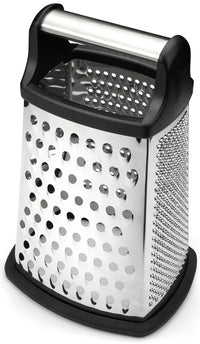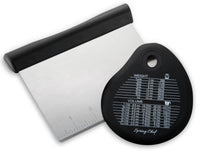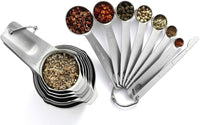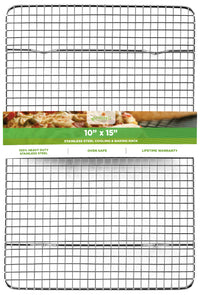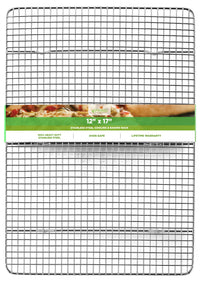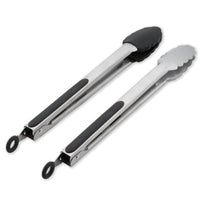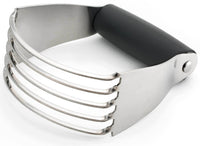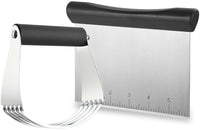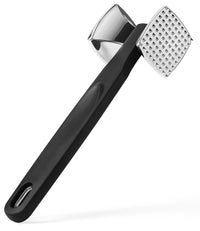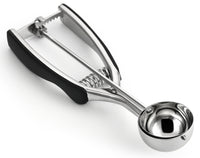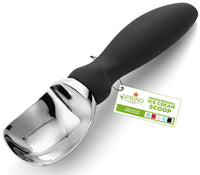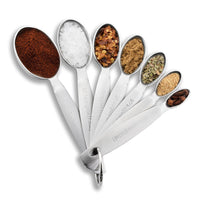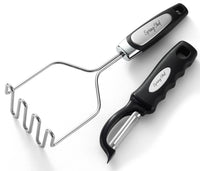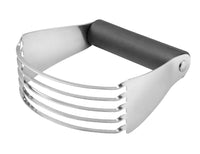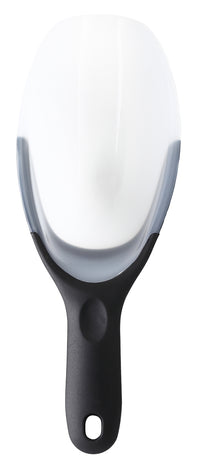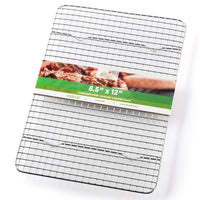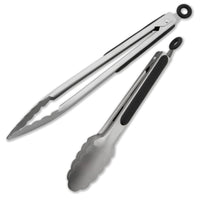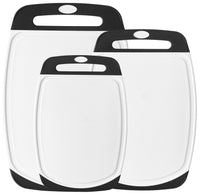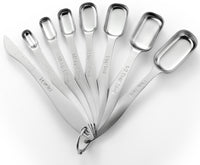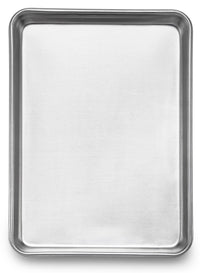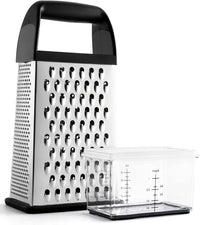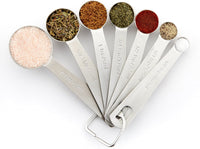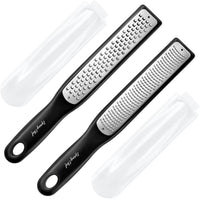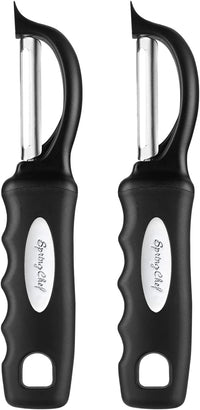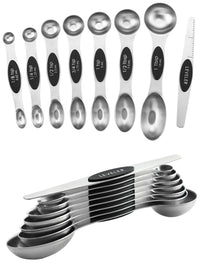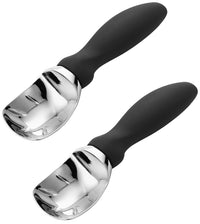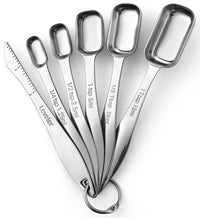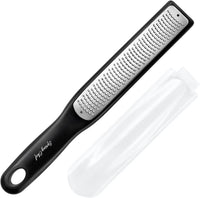Safety Guidelines: Disinfecting Dishes, Cookware, and Utensils

Everybody wants to have a spotless kitchen: glasses that look crystal-clear, shiny metal pots, and dishes that look as good as new. In order to get the clean kitchen of your dreams, good dish soap can do the job. But it’s not all about having a pristine kitchen, cleaning your dishes is important to your health as well.
When bacteria and microbes accumulate on the surface of glasses, dishes, utensils, and even pots and pans, you can end up having food poisoning. In this article, we’ll explore the ultimate guide to disinfect your cookware.
How to disinfect dishes
When it comes to dishes and glasses, the most recommended practice is to disinfect them as the last step, right after rinsing them. Your best friend to sanitize dishes will be bleach, but you need to be careful with the amount you use and mix it evenly with water to create your own sanitizing solution.
Start by washing the dishes regularly and rinsing with tepid water. Next, take the dishes and soak them for a couple of minutes in a mixture of bleach and clean water. Take the dishes out and, without rinsing, let them air dry.
How to sanitize pots and pans
If there’s one particular item where bacteria should not prosper, that’s pots and pans. If you want to get your kitchen tools ready to be used over and over again safely, we recommend the following technique. Fill an extra-large pot with water and place it on the stove to boil, making sure the water reaches a minimum temperature of 171º F because that’s the temperature at which sterilization happens.
Soak your pans and pots completely, or you can pour the boiling water on a big sink. Leave the pots soaking for approximately 10 minutes, and then you can proceed to regular cleaning.
How to properly sanitize utensils and cutlery
Since knives and other cooking utensils are the first ones to come in contact with raw meat and dirty vegetables, it’s very important that you sanitize them after each use. If you want to make sure no bacteria is stuck to your utensils, we recommend doing the 3-tub method.
Fill 3 different tubs or buckets in the following order: the first one filled with warm water and dish soap, the second one with plain water (a bit cooler than the first one), and the third bucket with a chlorine solution (you can make your own by mixing it with water). Place the utensils on the first bucket and wash carefully, pass them to the second one and rinse them as well as you can, then pass them to the third one and let them soak for a couple of minutes.
Can you sanitize in a dishwashing machine?
All dishwashers do a pretty good job at cleaning dishes and pots, due to the high temperature they use. However, this is not the same as sanitizing. Nowadays you can find some models of dishwashing machines that have a special sanitizing feature or cycle to give your cookware a boost.
Now you’re ready to safely disinfect everything in your kitchen and protect your family from unwanted diseases.
